Results achieved by digital publishers who followed the methodology because their traffic stalled

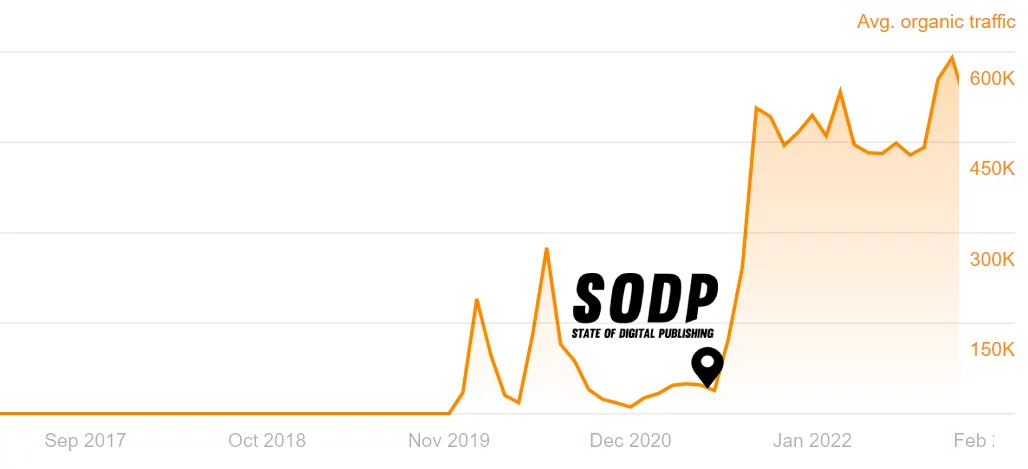
Results achieved by digital publishers who followed the methodology because their traffic dropped
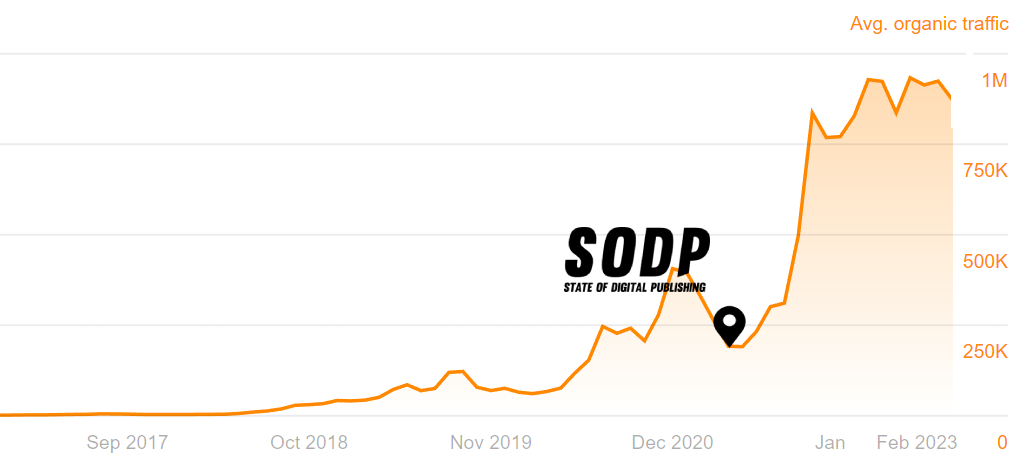
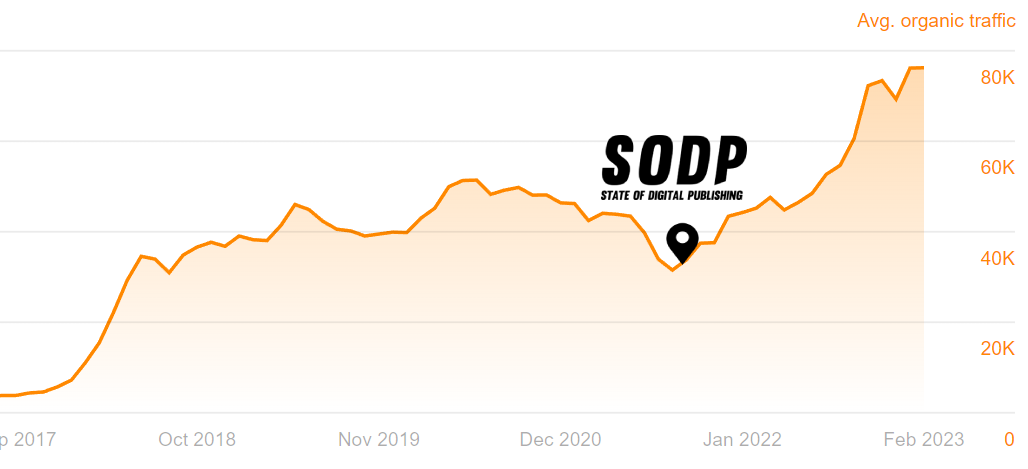
Publisher growth tactics for election season | WEBINAR
SODP
SODP Media
Learn tried and tested technical and content SEO strategies to maximize traffic to your digital media and content property.

You will familiarize yourself with the landscape and vocabulary of the course:
You will learn essential technical requirements for content publishing:
You will learn essential elements (images, metas, linking guidelines, etc) of news & evergreen content that helps drive traffic and authority:
You will learn growth tactics that are important for the continual improvement of your site:
You will put your learnings into use: from research to developing your content pillar and cluster strategy and then measuring and incrementally improving your performance once content has gone live:
You will learn the tools and tips that will help you extract insights and make sense of the data:
You will learn what you can do after the content is published:







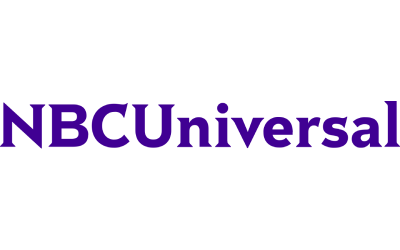



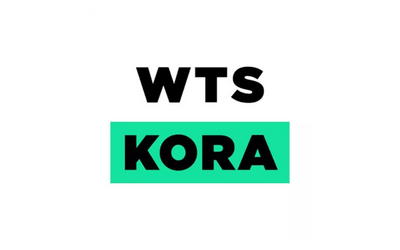


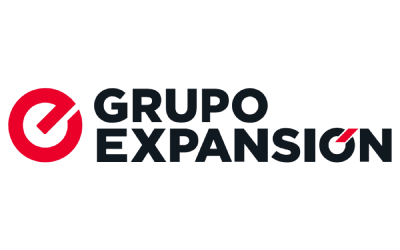





You will get access to past recorded topics, including:
Slack #publisher-seo-support channel and #intro-chat access
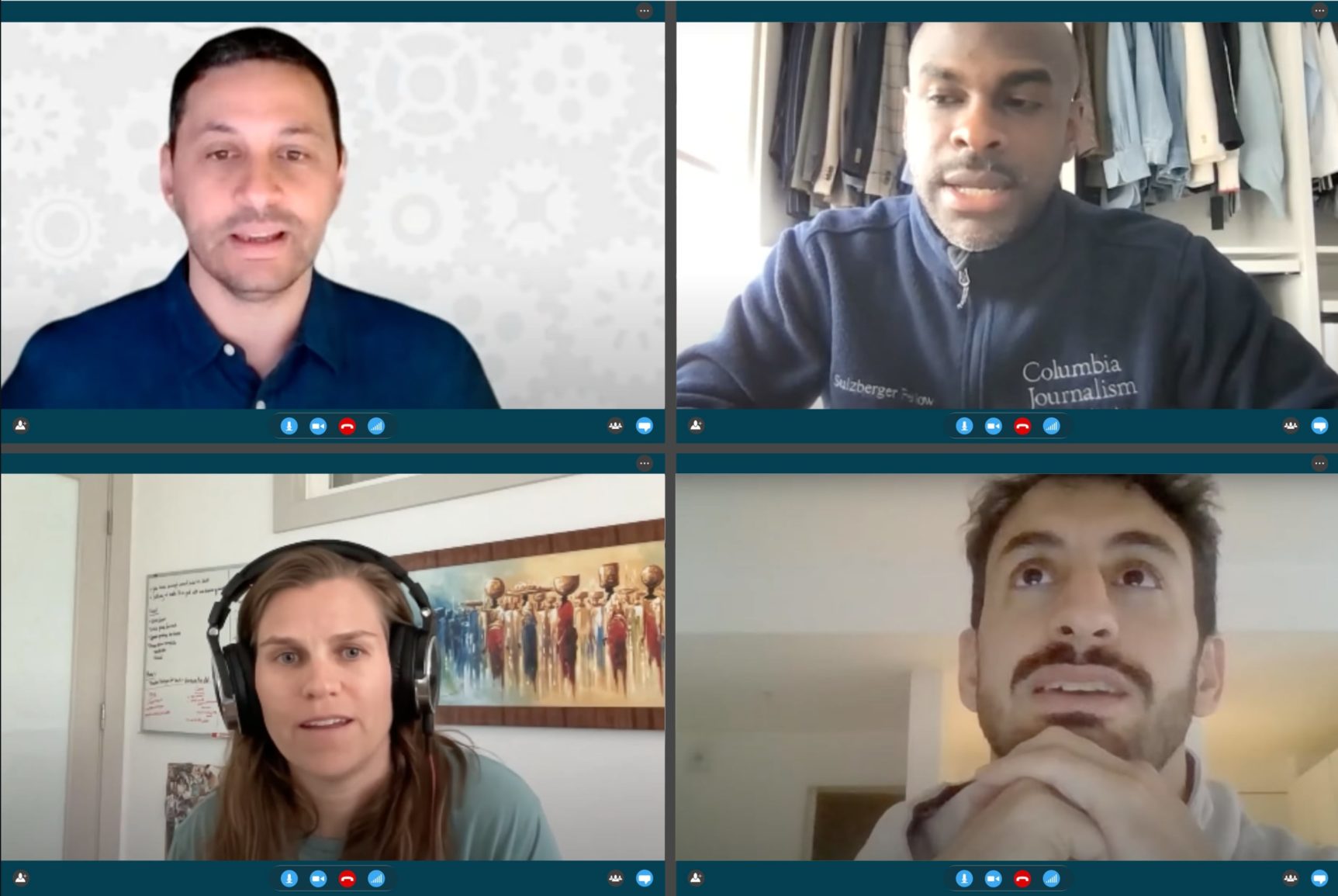
To make sure you successfully design and implement winning content and SEO strategies based on your learnings, you will have the option of scheduling a monthly call with Vahe and the SODP team to monitor your progress and ask any daily burning questions you have.
No need to develop internal templates and processes. Access the many templates shared in the course, make a copy, plug in your own data and you are set to go!
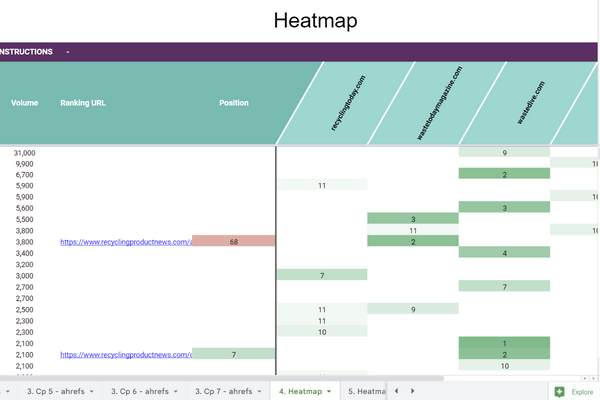
Content gap template
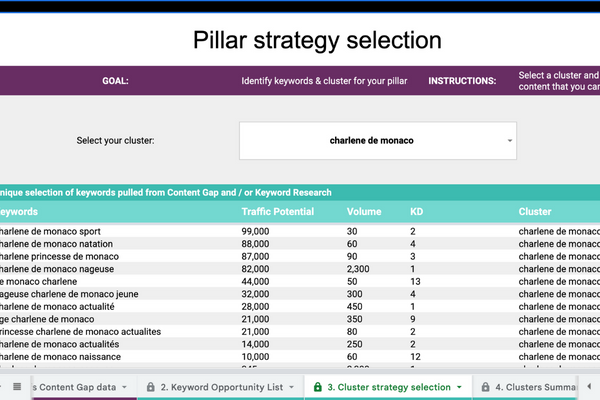
Content pillar strategy template
Editorial tracker template
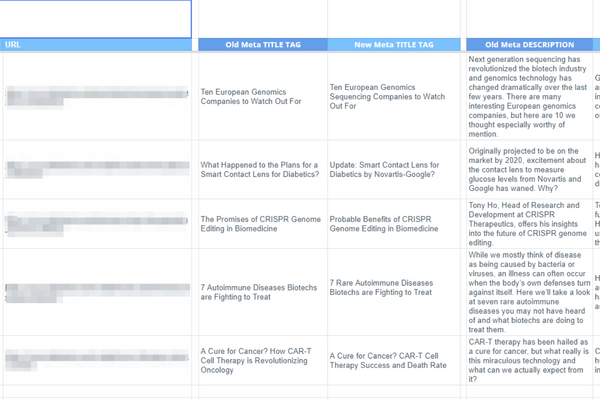
Organic CTR test management template
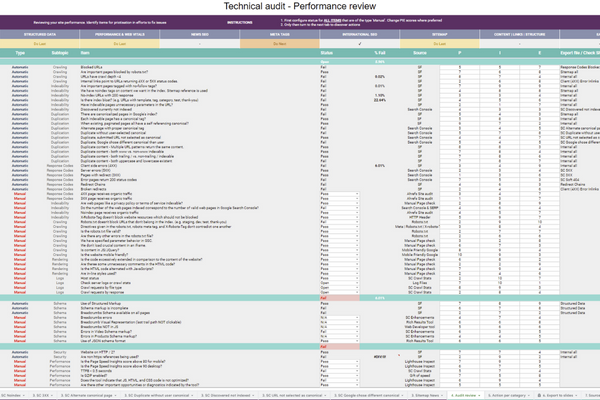
Technical SEO audit template
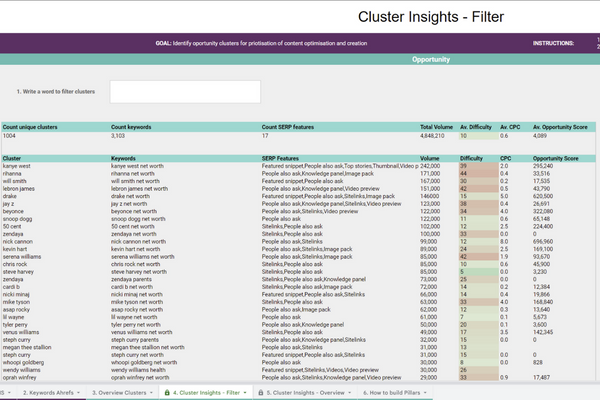
Topic research template
+10 OTHER TEMPLATES WITH MORE ADDED REGULARLY
I’m Vahe, the founder of State of Digital Publishing. Like other publishers I work in the trenches to build and grow content and media properties. I also create insigts, resources and a community that fosters knowledge sharing and industry collaboration.
I’m a 15 year veteran SEO and content strategist for publishers and explorer of digital media and technology trends.
My vast experience of working with digital publishing companies, I have helped publishers of all sizes exponentially increase their reach through concise SEO strategies and effective content workflows that reflects your business & monetization model.One of my first internships upon ‘stumbling into SEO’ was for Credit Card Finder (now Finder), one of Australia’s leading fintech and publishing companies. Being involved in helping launch their Savings Account Finder property through defining their site architecture, wireframing calculators and outreach focusing on top finance bloggers list helped evoked a passion in digital publishing and audience development.
Fast forward to 2016 to 2017, the advent of Facebook changing their algorithm and seeing publishers scramble to diversify their monetization channels and many closing shop due to their over-reliance on one platform.
In addition, smaller and medium publishers were approaching agencies that were not equipped to help with the unique content performance and daily operations challenges publishers faced.
Despite there being a selected few US professionals specializing in this space, it, as always, was geared towards larger publishers, whom had a connection as a result of prior working in-house.
This was when I realized that:
1) There is a gap in serving many types of content and media publishers’ unique challenges and
2) Like many other industry bodies, State of Digital Publishing can contribute towards making research and information on new media strategies/monetization and digital publishing technology.
Specializing in your own niche has its sets of challenges, especially since it requires demonstration of experience and results. And so I did it all:
Every single person that provided me and the SODP team the opportunity to work with them, allowed us in this long road to accumulate the experience and tools to invest into, to replicate this for other publishers and content creators who don’t know what their next step is, or looking to update their best practices or skills.
We all know the amount of grunt work needed to get things moving, and it is not for everyone. I enjoy and thrive in helping publishers 1-2-1 with making a positive difference to their audiences. Now let’s get started together on your journey to take you to the next level.


















Pay upfront, split the payments into quarterly installments – it is completely up to you!

SEO is a dynamic field. Updates are rolled out by search engines on a regular basis. SODP ensures that the materials presented in the course are always up to date and reflect the latest changes and best practices.
There are no hidden costs. Once you enroll, the pricing won’t change. If you decide to renew your access after 12 months, your access fee will be exactly the same.
At SODP, Publisher SEO is defined as the audience development efforts of content and technical SEO utilizing evergreen content and news for publishers. This includes the disciplines of:
This is delivered through the content pillar and cluster development approach.
However, what other sites fail to explain is how to effectively execute multiple groups of topic clusters. By visualizing it in the form of turning cogs (broken down by informational, promotional and tactical content types), you can plan and influence content publishing velocity and upkeep the content to improve performance overtime more effectively.
Ultimately, it’s a team effort to improve results, so document and develop the capabilities to focus on your strengths and what matters. With this course, we provide the principles and blueprints to help you take it to the next level.



State of Digital Publishing is creating a new publication and community for digital media and publishing professionals, in new media and technology.